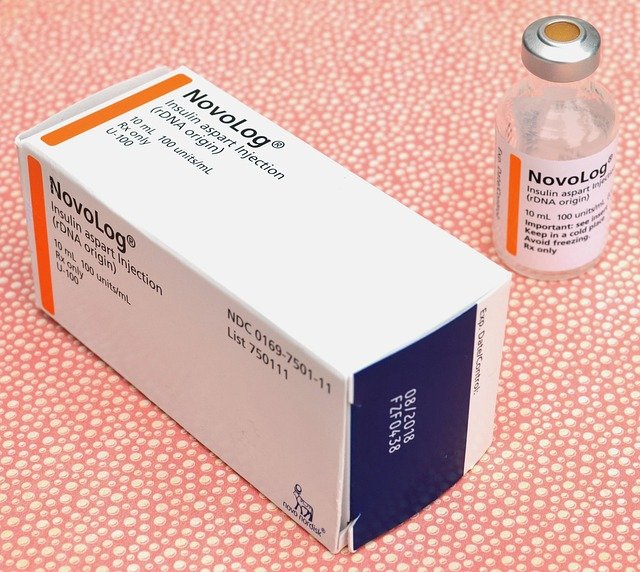Profiting from Proactive Predictive Maintenance in Industrial Operations
Predictive maintenance in industrial operations has emerged as a valuable strategy, offering vast potential for companies to enhance their productivity and bottom-line profitability. This approach diverges from traditional maintenance methods, leveraging advanced technologies and data analysis to predict and prevent machinery failure before it occurs. To appreciate the impact of predictive maintenance, it is essential to understand its background, current trends, and practical applications.

The Genesis of Predictive Maintenance
Predictive maintenance has its roots in the industrial revolution, with the advent of complex machinery necessitating regular upkeep. Initially, maintenance was reactive, performed only after a machine broke down. This approach, however, proved costly and inefficient. Over time, companies adopted preventive maintenance, scheduling regular machine inspections to prevent breakdowns. However, this method also had drawbacks, including unnecessary maintenance and overlooked faults. The introduction of predictive maintenance, often facilitated by advanced sensors and data analytics, has ushered in a new era of efficiency and reliability.
Current Trends and Insights
Predictive maintenance is gaining traction, with companies increasingly recognizing its potential benefits. By leveraging technologies like IoT devices, machine learning, and cloud computing, businesses can monitor equipment performance in real-time, predict potential faults, and schedule maintenance accordingly. This approach can significantly reduce downtime, optimize resource allocation, and enhance overall operational efficiency.
The Impact and Benefits of Predictive Maintenance
Predictive maintenance can profoundly impact businesses, offering several benefits. Firstly, it can decrease machinery downtime, enhancing productivity and profitability. Secondly, it allows for more efficient resource allocation, as maintenance is performed only when necessary. Thirdly, predictive maintenance can extend machinery lifespan, reducing replacement costs. However, implementing this approach requires significant upfront investment, a culture of data-driven decision-making, and ongoing commitment to technology adoption.
Challenges
Although predictive maintenance offers numerous benefits, it also presents challenges. These include the significant upfront investment required, the need for technical expertise to analyze complex data, and the need to adapt operational processes to incorporate predictive maintenance strategies.
Practical Applications
Several industries have successfully incorporated predictive maintenance strategies into their operations. For instance, in the oil and gas industry, predictive maintenance has helped reduce equipment failure rates, increase operational efficiency, and enhance safety. Similarly, in the automotive industry, predictive maintenance has minimized production downtime, resulting in cost savings and improved product quality.
Implementing Predictive Maintenance: Key Considerations
- Understand the Technology: Gain a comprehensive understanding of the technologies underpinning predictive maintenance, including IoT devices, machine learning, and data analytics.
- Assess Cost-Benefit: Consider the cost of implementing predictive maintenance against its potential benefits, including reduced downtime, improved efficiency, and extended machinery lifespan.
- Develop a Data-Driven Culture: Promote a culture that values data-driven decision-making, ensuring that employees understand and support the use of predictive maintenance.
In summary, predictive maintenance offers a proactive approach to machinery upkeep, potentially enhancing productivity and profitability. While it presents challenges, including upfront costs and the need for technical expertise, the benefits can be significant. By understanding the technology, assessing the cost-benefit, and promoting a data-driven culture, businesses can successfully implement predictive maintenance and reap its rewards.




